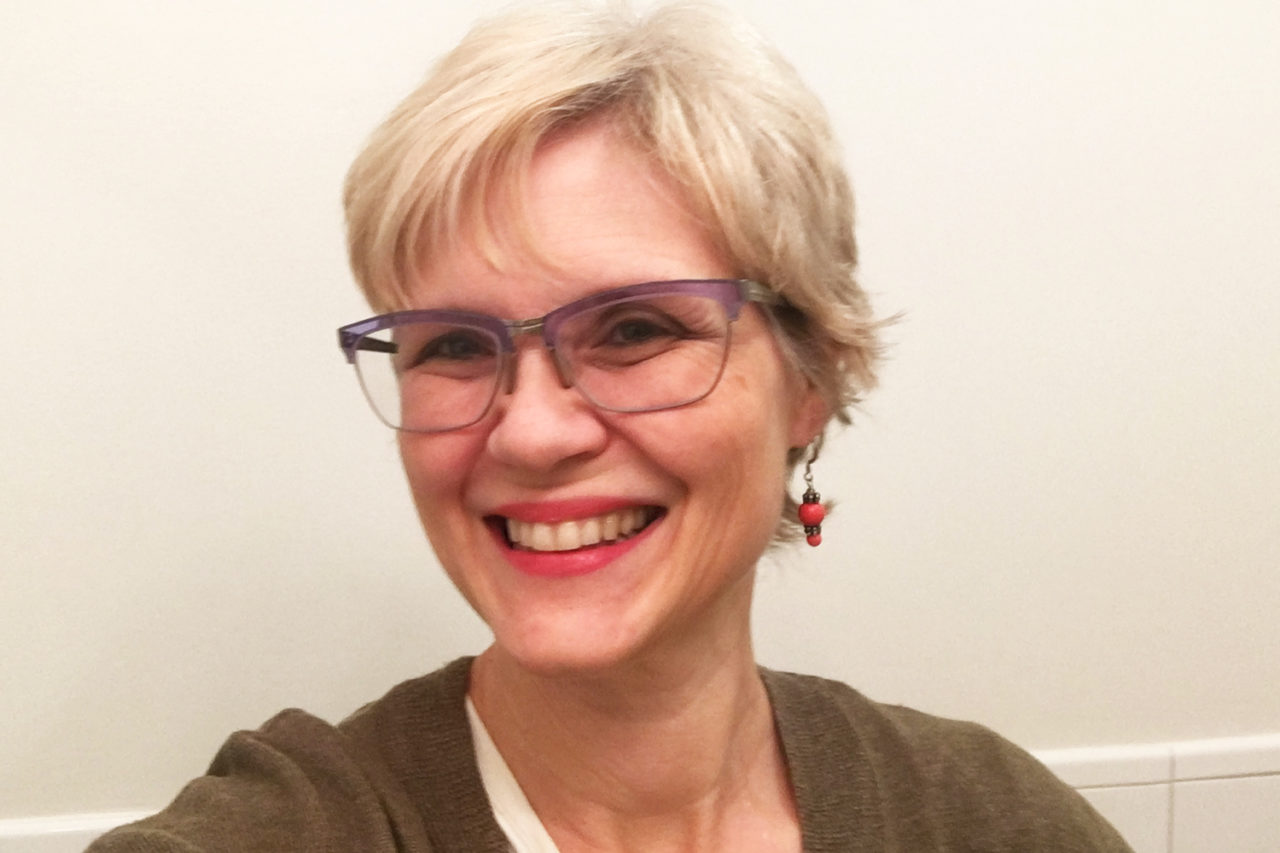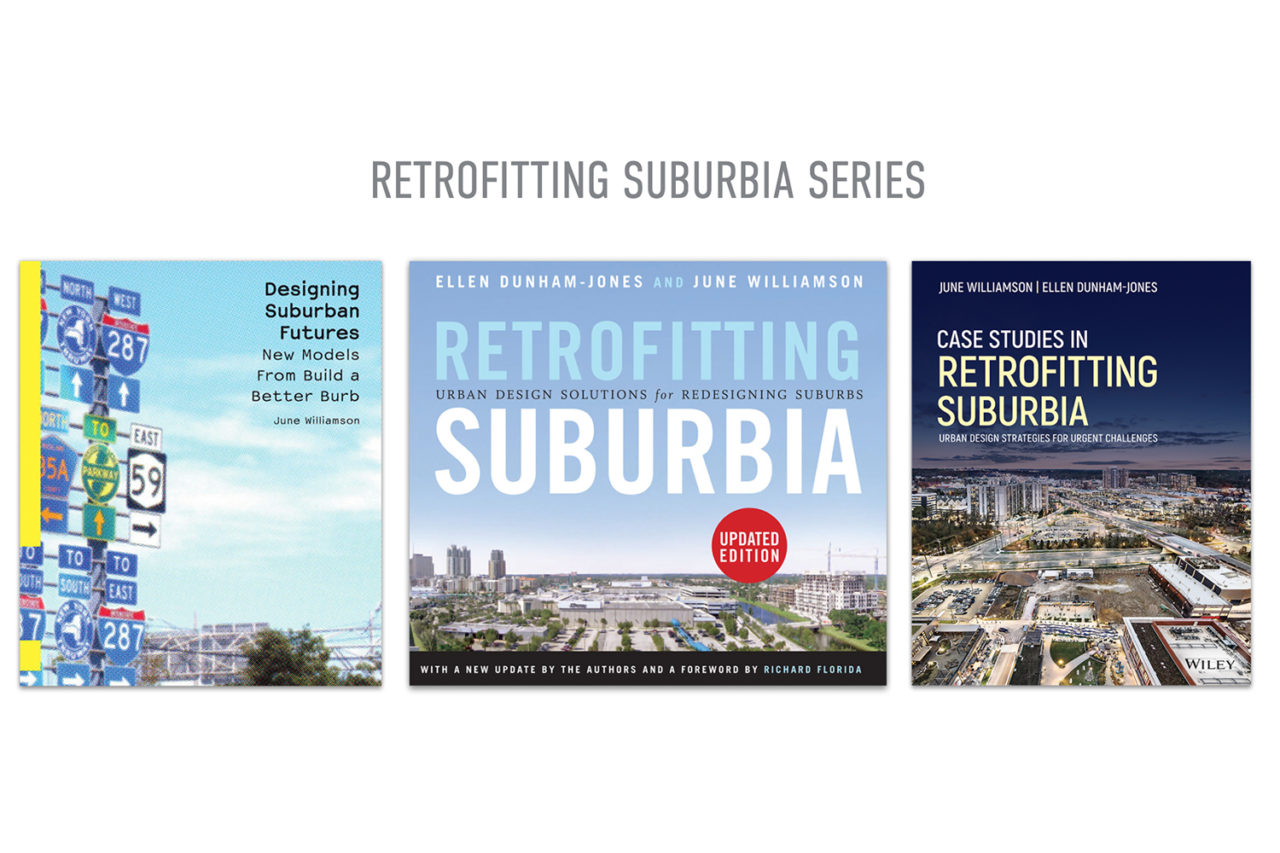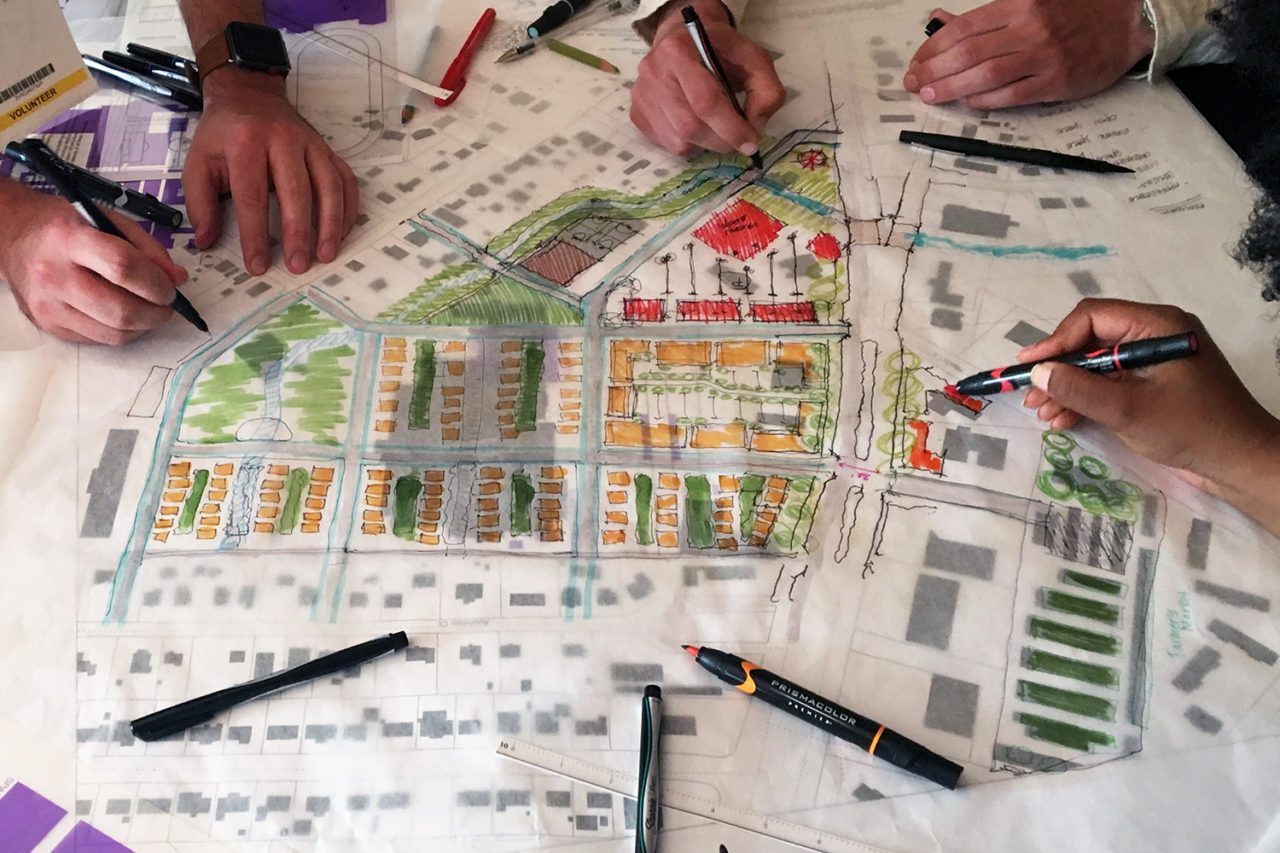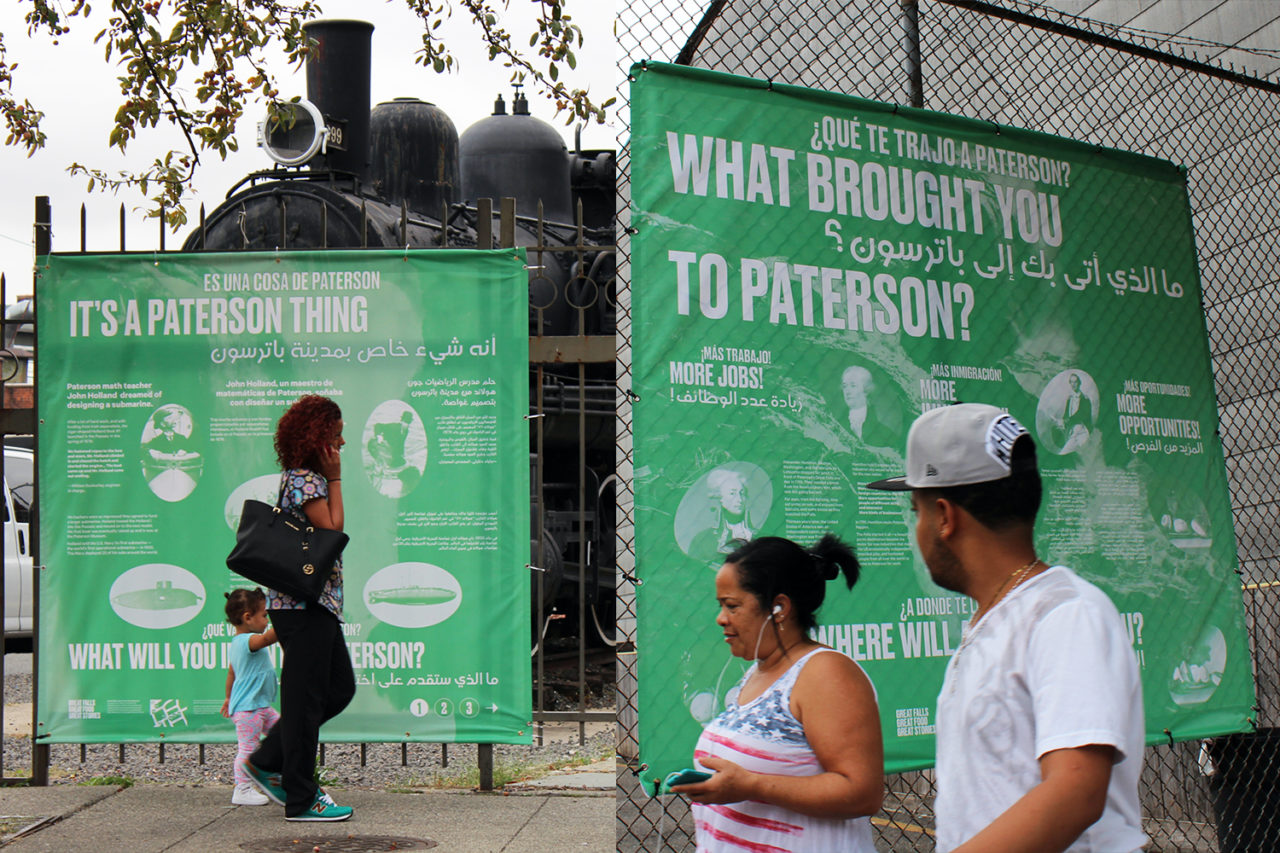by: AIA New York
June Williamson, who in 2021 was appointed Public Director on the AIANY Board of Directors, teaches and coordinates advanced studio, the site technology course, and elective seminars at the Spitzer School of Architecture of the City College of New York. She has been on the full-time faculty at Spitzer since 2008 and is currently Architecture Department Chair. Williamson is co-author with Ellen Dunham-Jones of Case Studies in Retrofitting Suburbia: Urban Design Strategies for Urgent Challenges, as well as author of many other books, book chapters, and articles.
Over a 30-year career, Williamson has practiced and taught architecture and urban design in New York City, Los Angeles, Atlanta, Salt Lake City, and Cambridge/Boston. She received a Bachelor of Arts in Architecture with Distinction from Yale University; a Master of Architecture from MIT, where her thesis received the School of Architecture + Planning’s Ralph Adams Cram Award; and an MUP in Urban Design from the City College of New York.
Q: How/why did you decide to pursue architecture?
A: Like anyone who encounters and processes the world through a spatial-thinking lens, I grew up with vivid memories of places I’d been fortunate to travel to as well as of constructions I’d built myself: creek “bridges” of mud and sticks, shoebox dioramas, and elaborate dwellings for my dolls. Studying architecture—with side trips through set design, building conservation, and urban design—was the most natural extension of those persistent curiosities. I didn’t know any architects, personally, but I knew I wanted to work with, on, or around buildings in a creative way. Right now, the craving is satisfied through teaching, researching, and writing about all varieties of the built suburban environment.
Q: What do you think are the biggest challenges, or opportunities, facing cities today?
A: It may not be surprising that I consider the peripheral parts of metropolitan areas as places of intensely challenging opportunities for the design fields. Change is everywhere in the suburbs, the built landscapes where the majority of northern American live, in patterns increasingly reproduced across the globe. It is by instigating and implementing change in these places, by design, that the most gains could be made on several vital fronts, to help communities become more resilient, livable, enjoyable, equitable, and prosperous for all.
Q: What has been particularly challenging in your recent work?
A: My longtime collaborator, Ellen Dunham-Jones and I labored over the manuscript of our new book—Case Studies in Retrofitting Suburbia—for over five years. A key piece of the new work is the elaboration of six urgent challenges for the suburbs: disrupt automobile dependence, support an aging population, leverage social capital for equity, compete for jobs, and add water and energy resilience. The book includes LOTS of new case studies, 32 of them described in depth, and it was doing the research in related fields, synthesizing it, and relating it meaningfully to the larger project of retrofitting suburbia that proved particularly challenging. And also rewarding.
Q: What are some of your favorite recent projects that you’ve worked on?
A: Working on this new book has been both my most favorite recent project, and my least favorite. Most favorite because writing a sequel to a previously-well received book provides occasion to expand and deepen the topic, to engage in dialog with readers, and to feature new work that in many cases was influenced by the first book. We’ve got examples that expand the range of “before” project types from shopping malls to gas stations, airports and beyond. And least favorite because it took so damn long, with many well-meaning friends and supporters thinking we were simply revising and updating the first book rather than writing a completely new one.
Q: What is influencing your work the most right now?
A: As I know is true for so many, the pandemic and protests of the past year have been galvanizing in ways we have yet to process. I’m convinced that architecture and urban design education will emerge utterly transformed. With the new book, many ask me about the impacts on suburbs. My current answer (subject to revision!) is that preexisting trends are being intensified and accelerated, such as the obsolescence of retail and office formats, and others made so much more apparent, including the high vulnerability of those with the chronic diseases associated with sedentary lifestyles and the persistence of coarse-grained residential segregation.












